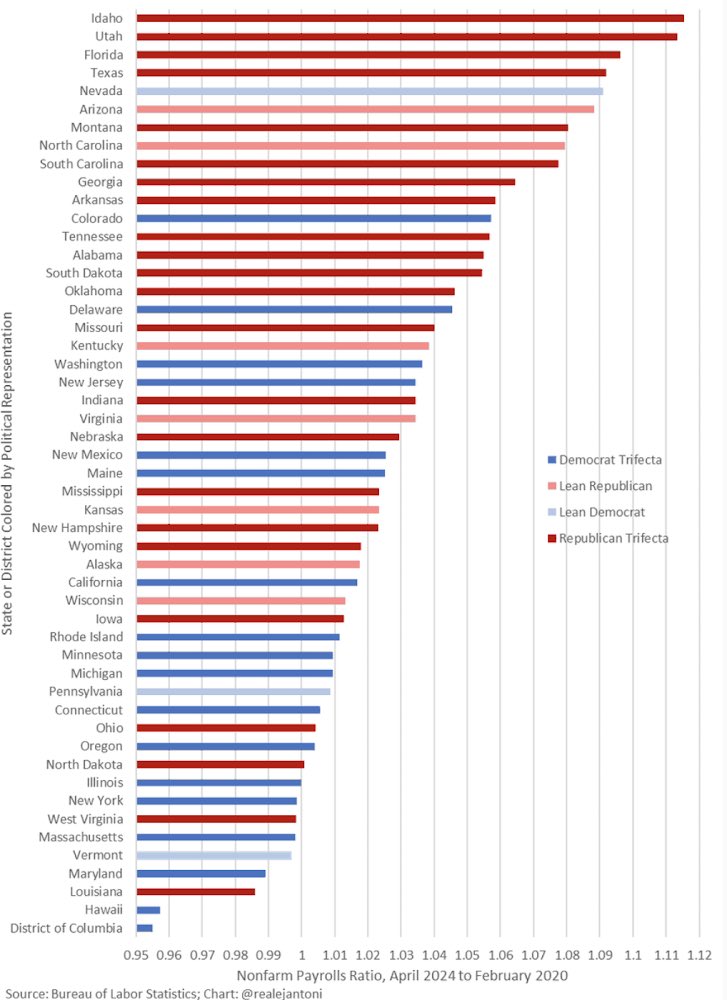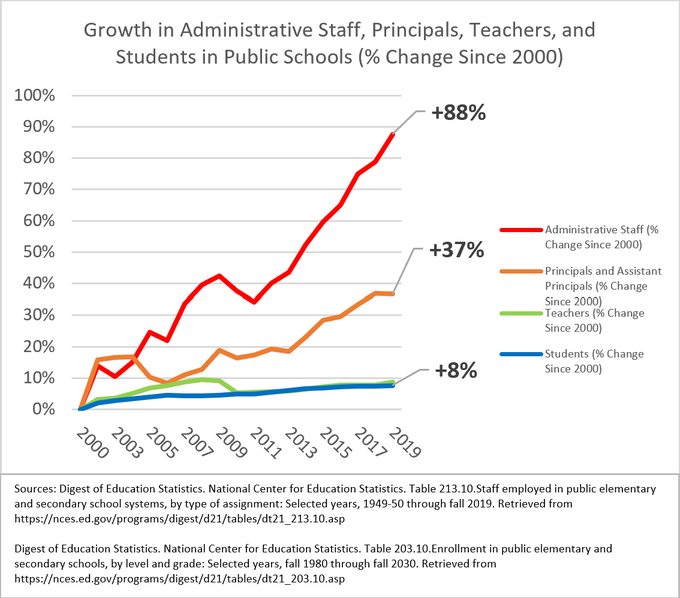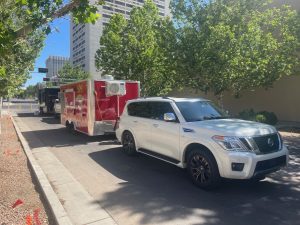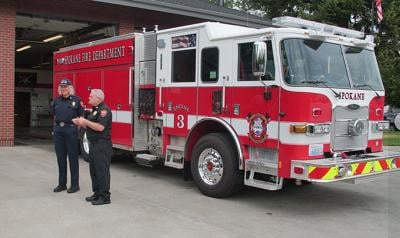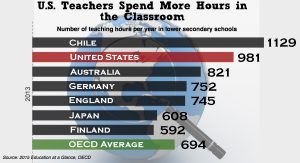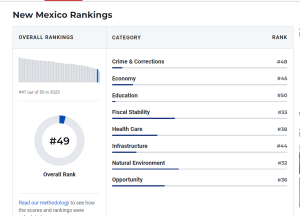A proposal now moving through Albuquerque City Council put forward by Councilors Dan Lewis and Klarissa Peña would put a measure on the ballot allowing voters to decide whether to revamp the procedures for electing candidates in the City. Instead of an outright majority, candidates for city offices would simply need to get above 40%. This would eliminate MOST of the special elections we’ve seen in recent years where candidates don’t get an outright majority in a 3 or even 4 way race. Those runoffs are expensive with a recent runoff election in a single Council seat costing $750,000.
A recent article by Democrat Sen. Katie Duhigg attacks the idea as “anti-democratic,” but it is hard to see why. Rather, it seems like liberals and their aligned groups simply want to preserve their own political power and not have another RJ Berry election (see below).
Generally speaking, runoff elections achieve much lower overall vote totals than do regular elections. For example, in the District 6 2023 general election the results were as follow:
Nichole Rogers: 2,974 votes,
Jeff Hoehn 2,400 votes
Kristin Greene 1,329 votes
Abel Otero 706 votes (even though he’d dropped out of the race)
Total votes cast: 7,409
In the runoff Rogers received 2,416 votes and Hoehn received 2,209 for a total of 4,629 votes cast. So, there were just over 60% of the votes cast in the runoff relative to the General. Rogers achieved 40% in the initial round of voting anyway. And, the cost to taxpayers was 3/4ths of a million dollars.
Strangely, but not surprisingly, Duhigg and the “progressive” Democrats prefer the current system since it maximizes their power. Duhigg even claims that the plan is some kind of attack on “democracy.” She correctly notes that RJ Berry (a Republican) won without hitting 50% in his first election in a three-way race (his win spurred Democrats to change the system). Of course, Berry won reelection with more than 68% of the vote which Duhigg fails to mention. Clearly, while Berry’s record is tarnished now by police misconduct and his ill-advised ART bus system, Berry’s win with less than 50% of the vote only caused “problems” for Democrats annoyed that a Republican won the Mayor’s race.
The proposal is P-24-1 and is being voted on at the June 3, 2024 City Council meeting. You can contact council here.





